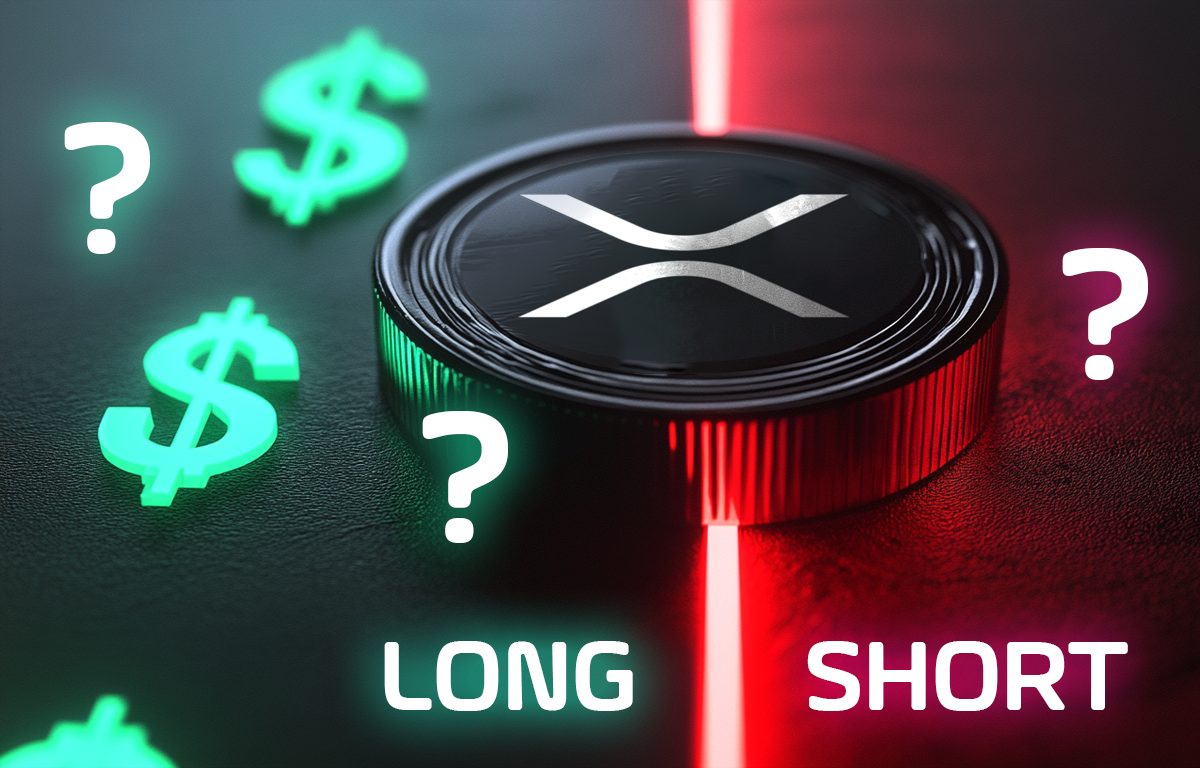Jupiter’s JLP Vault: The Next Hyperliquid?
Following the shocking news of Hyperliquid’s $13 million exploit, the crypto world is abuzz with whispers of potential vulnerabilities lurking in other decentralized finance (DeFi) projects. One such project that has caught the attention of many is Jupiter’s JLP vault, a DeFi protocol similar to Hyperliliquid. But before we dive into the potential risks, let’s first understand what JLP vault is and how it works.
What is JLP Vault?
JLP vault is a decentralized liquidity pool protocol built on the Solana blockchain. It allows users to provide liquidity to various pools and earn fees in return. This model is similar to other popular DeFi projects like Uniswap and Sushiswap, which operate on Ethereum.
How Does JLP Vault Differ from Hyperliquid?
While both JLP vault and Hyperliquid are decentralized liquidity pools, there are some key differences between the two. For one, Hyperliquid’s vulnerability was due to its use of a custom smart contract, which introduced potential bugs and security risks. JLP vault, on the other hand, uses open-source smart contracts that have been audited by multiple security firms.
Additionally, JLP vault employs a unique fee model that distributes fees to liquidity providers based on their share of the pool. This model incentivizes users to provide liquidity and earn fees, which can lead to a more stable and efficient market.
Potential Risks for JLP Vault
Despite these differences, some experts have raised concerns about the potential risks for JLP vault. One such risk is the possibility of a flash loan attack, similar to the one that exploited Hyperliquid. Flash loans allow users to borrow large amounts of crypto with no collateral, and can be used to manipulate markets and exploit vulnerabilities.
Another risk is the potential for smart contract bugs or vulnerabilities. While JLP vault uses open-source smart contracts that have been audited, no system is perfect, and new vulnerabilities can always be discovered.
Impact on Individual Users
For individual users, the potential exploit of JLP vault could mean significant financial losses. Users who have provided liquidity to the pool could see their assets drained in a flash loan attack, leaving them out of pocket. Additionally, users who have borrowed crypto from the pool could be left with large debts that they may not be able to repay.
- Users who have provided liquidity to JLP vault should closely monitor their positions and be prepared to withdraw their assets if necessary.
- Users who have borrowed crypto from JLP vault should be aware of the potential risks and have a plan in place to repay their debts.
Impact on the Wider Crypto Community
The potential exploit of JLP vault could have wider implications for the crypto community as a whole. It could lead to a loss of confidence in DeFi projects and the Solana blockchain, which could result in decreased usage and adoption.
Additionally, it could lead to increased regulation and scrutiny from governments and financial institutions. Some governments have already expressed concerns about the risks and potential harms of DeFi, and a major exploit could accelerate these efforts.
Conclusion
While JLP vault has taken steps to mitigate the risks of exploits and vulnerabilities, no system is perfect. Users should be aware of the potential risks and take steps to protect their assets. Additionally, the wider crypto community should remain vigilant and continue to work towards building a more secure and stable decentralized financial system.
At the end of the day, the crypto world is a wild and unpredictable place, full of opportunities and risks. But with the right mindset, tools, and community support, we can navigate these challenges and build a brighter future for decentralized finance.





